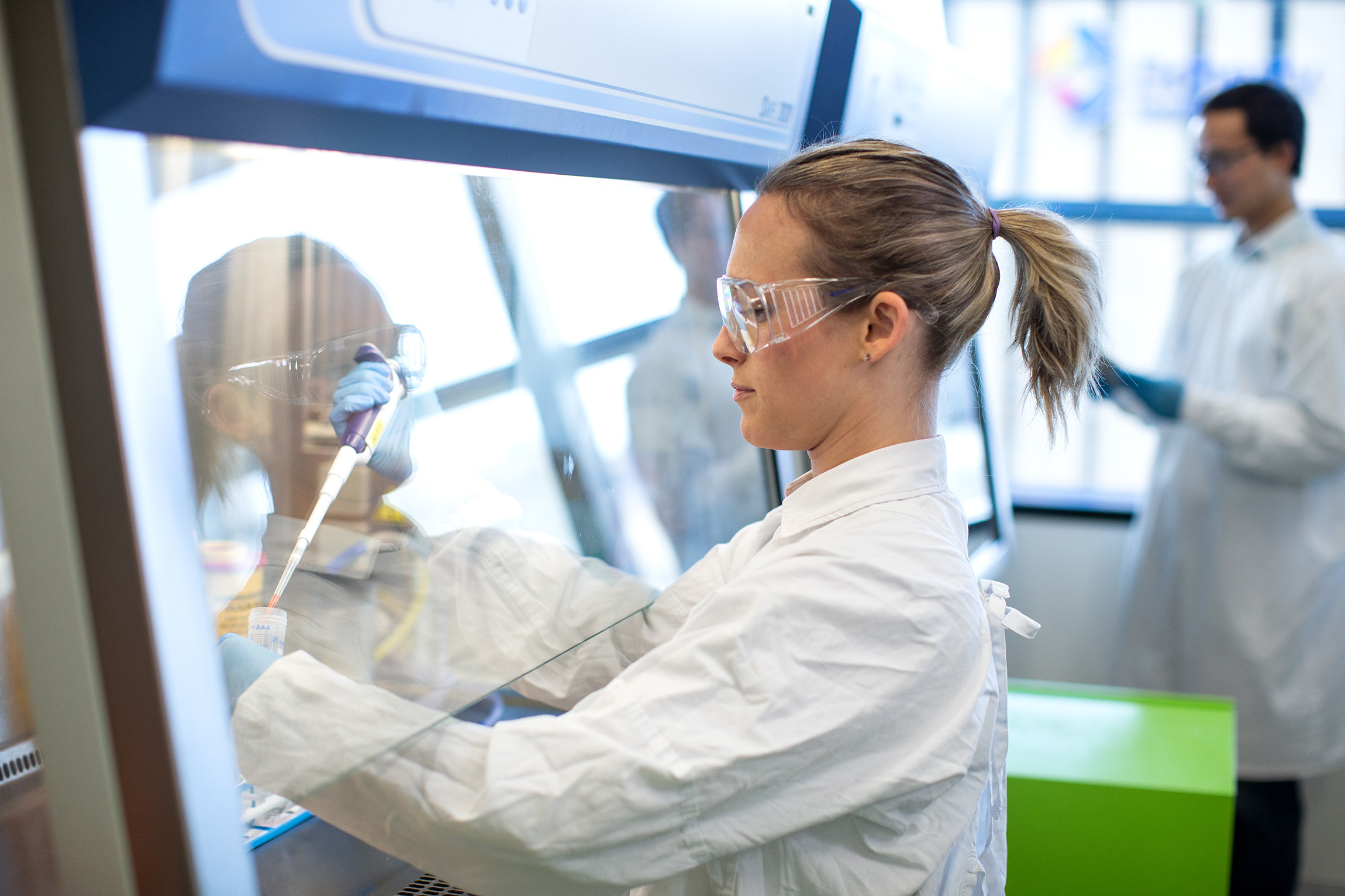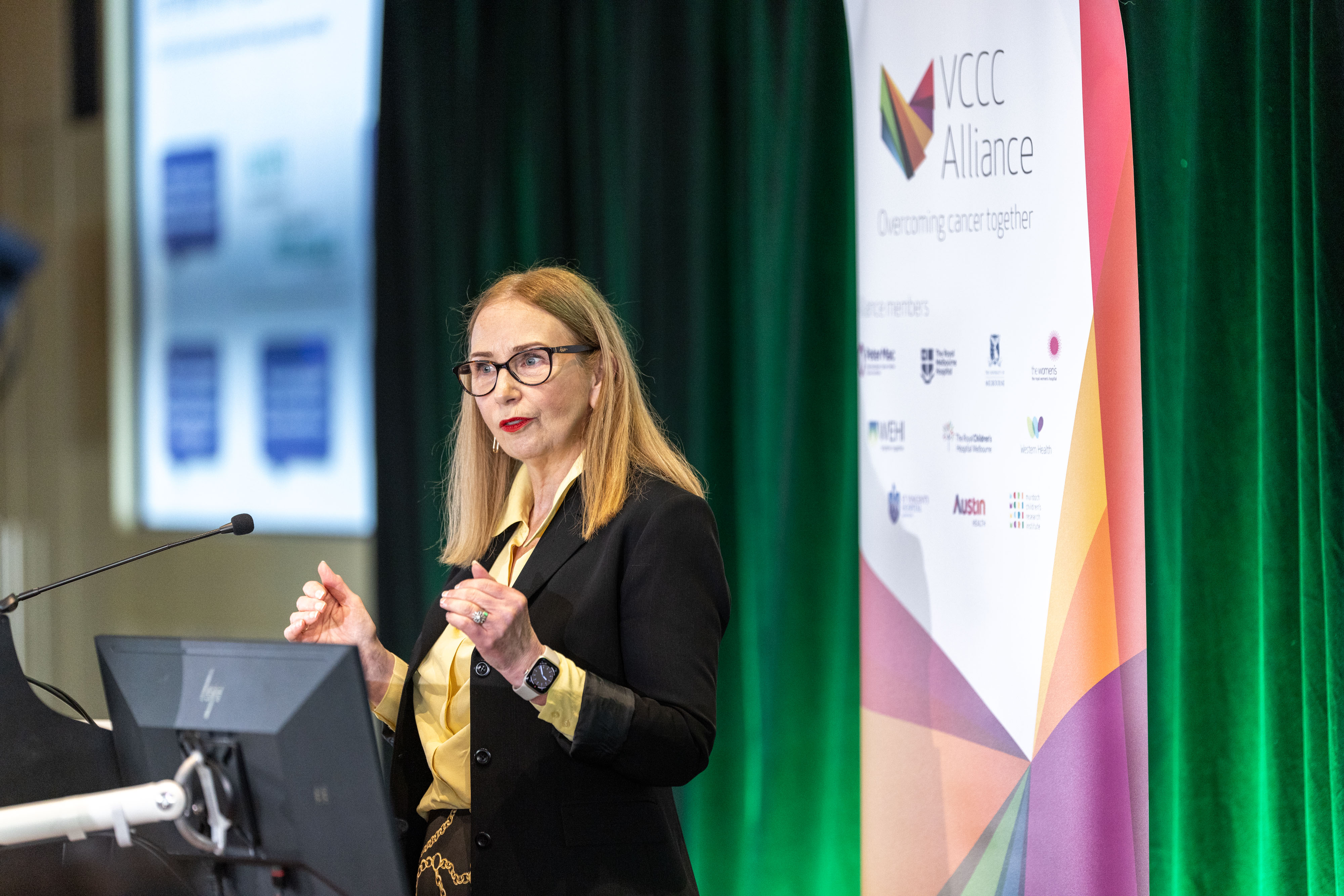






The Sponsor-Investigator is responsible for establishing how to monitor the safety of participants during the trial. A safety monitoring plan should be detailed in the protocol or a separate document and include the role of the Sponsor-Investigator, site Principal Investigator (PI) and any oversight committees.
Every trial must identify the most appropriate level of safety monitoring activities, as outlined below, and trial conduct, see Monitoring Trial Conduct for guidance.
The safety monitoring plan should be written after the Sponsor-Investigator has identified all the risks to participant safety and established how they will manage and monitor these risks. This information should be documented in the trial specific Risk Assessment and Risk Management Plan.
The safety monitoring plan should be reviewed on an ongoing basis in the event there is a change in the risks to participant safety.
The site PI, or their delegate, must review adverse events (AEs) that occur in participants at their site. The protocol should specify if all AEs or only a subset of AEs are to be collected for the trial, see Safety Reporting, not all AEs collected will require expedited reporting.
Adverse events can be identified through:
The review of AEs requires the PI (or their delegate) to assess the event with regards to:
Generally, the Sponsor-Investigator is responsible for determining whether or not the AE is expected but sometimes this responsibility can be delegated to the site PIs.
See the MCRI: SOP Safety Monitoring and Reporting Procedure for IIT of Medicines/Medical Devices, for assessing the severity, seriousness, causality and expectedness of adverse events.
A Data and Safety Monitoring Board (DSMB), also known as a Data Monitoring Committee (DMC) or Data and Safety Monitoring Committee (DSMC)) may be used to provide additional safety oversight of a trial.
DSMBs are an important component of many monitoring plans but are not required for all clinical trials. It will depend on the complexity and endpoints of the trial, the participant population and the safety profile of the intervention.
See the MCRI: Data and Safety Monitoring Boards Guidance, the document describes:
Other available resources to assist with the successful running of a DSMB:
